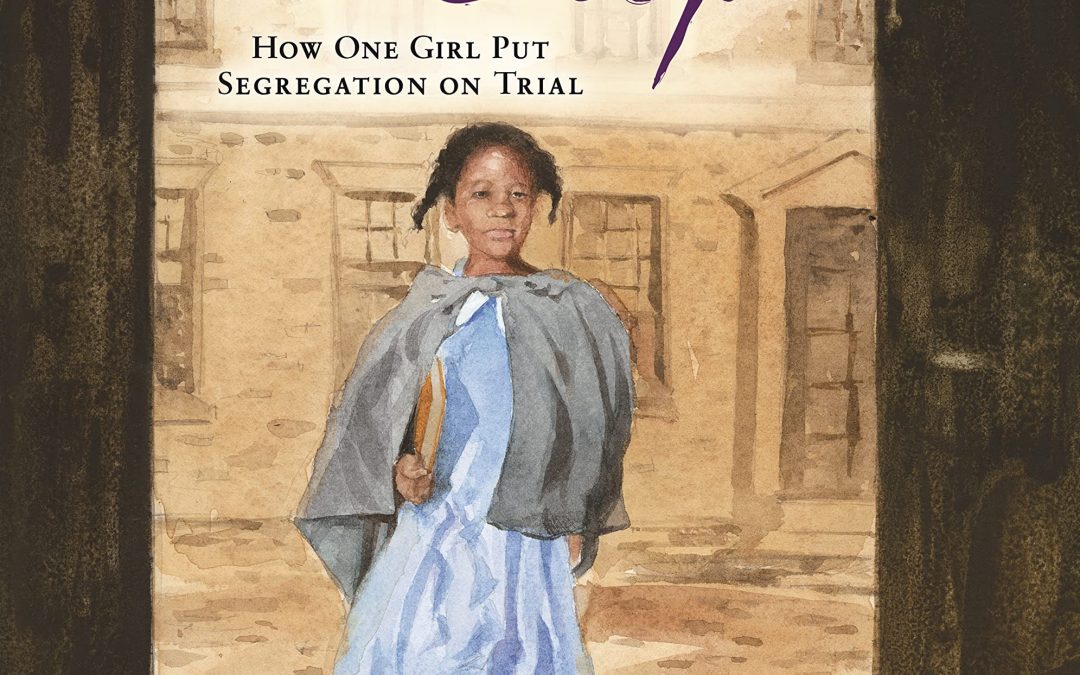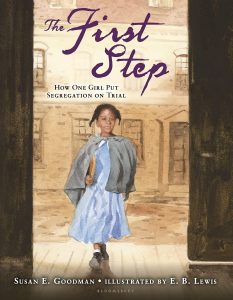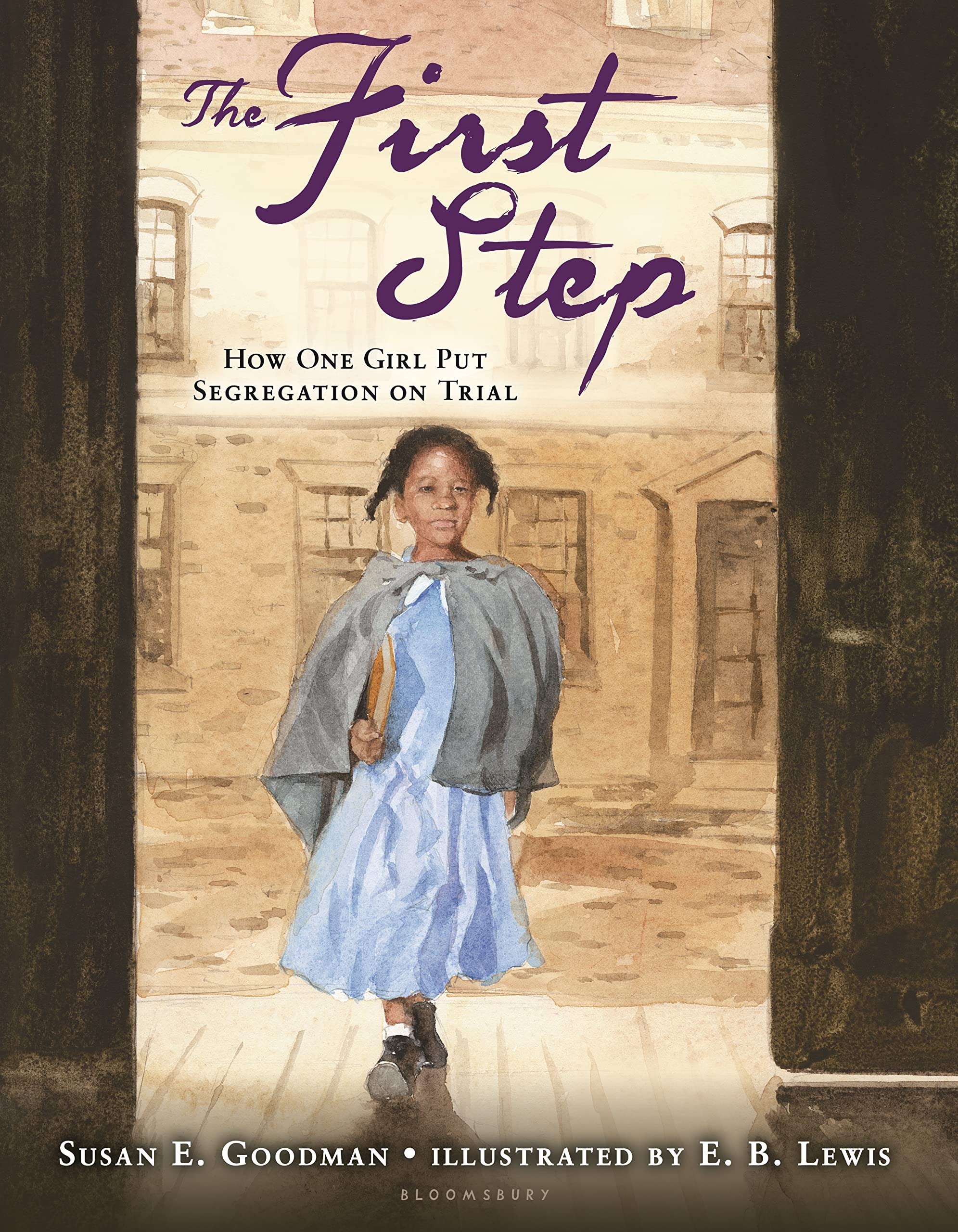The Radical Agenda may utilize affiliate links for recommended books and resources. This means we may earn a small commission from clicks or purchases through those links at no cost to you. We only recommend products and services we believe in. All opinions shared are entirely our own. Thank you for supporting The Radical Agenda!
Roberts vs City of Boston
Perhaps you already knew that just over 100 years before Ruby Bridges made headlines for attending a freshly desegretated school in New Orleans, another young African American girl – this one even younger than Ruby – was taken out of the school she was attending in Boston because of her skin color. But I didn’t, and this is why I’m sharing this story.
The First Step: How One Girl Put Segregation On Trial by Susan E. Goodman is the story of Sarah Roberts. Sarah Roberts was four years old when she was removed from her school. Her walk to her new school was longer and much more dangerous, and she was receiving less of an education than her former classmates. Her parents decided to hire a lawyer and take on the city.
After a disappointing decision in Massachusetts Supreme Court, her family continued to fight. In 1855, their efforts paid off when Boston’s educational system became the first major city to become integrated.
See also: When the Schools Shut Down
Themes
Racism and segregation is deeply rooted in the foundations of our country. It’s so easy to look the other way and think that just because the schools aren’t segregated anymore that we’ve somehow “arrived” as a country and are no longer racist, but this story is so very much like Ruby Bridges’ story. It shows how long African Americans have been fighting for equal access to education, and how much effort and time and energy goes into that fight. The Roberts’ fight started almost 200 years ago, but Ruby Bridges was only finally allowed to go to an integrated school (after passing a very difficult entrance exam) in 1960 – just over sixty years ago now. We are not as far away from this as we pretend we are.
Conversations
My mama heart was so thrilled at my oldest son’s outrage when he learned about segregation. With this book particularly, we talked about all the people who were involved in the movement for desegregating Boston’s education system. We talked about continuing to push for what is right, even when it takes a long time and you might be disappointed the first (and second, and third) time you try.
At this age, they think that going to rallies is fun. They love the back and forth chanting, the signs, and the energy of being in a crowd of people all focusing on the same goal. It’s important for me to show them that fighting for what’s right is a sustained effort, not a one-time event, and this book was a wonderful read for that point.
Age Level
My boys are preschool and early elementary. I think my first grader enjoyed the book more, so I would say this book is appropriate for early-mid elementary age.
Books about Women in Politics for Elementary Age
Books about Women in Politics for Elementary Age There are so many good choices for elementary age books about women in politics. There is still not have an equal ratio in government, but Pew Research Group reports that as of the beginning of the 118th Congress,...
Ice Cream Man: How Augustus Jackson Made a Sweet Treat Better by Glenda Armand and Kim Freeman
Augustus Jackson, Creator of Ice Cream as We Know It Who Invented Ice Cream? Ice Cream Man introduced us to Augustus Jackson, who was born in 1808 in the free state of Pennsylvania. He discovered a love of cooking early on in his life, and moved to the White...
It Began with a Page: How Gyo Fujikawa Drew the Way by Kyo Maclear
Gyo Fujikawa, The Japanese Disney Artist Who Drew While Her Family Was Taken to an Internment Camp Who was Gyo Fujikawa? It Began with a Page: How Gyo Fujikawa Drew the Way by Kyo Maclear tells the story of artist Gyo Fujikawa. Gyo (pronounced like ghee-o)...



0 Comments